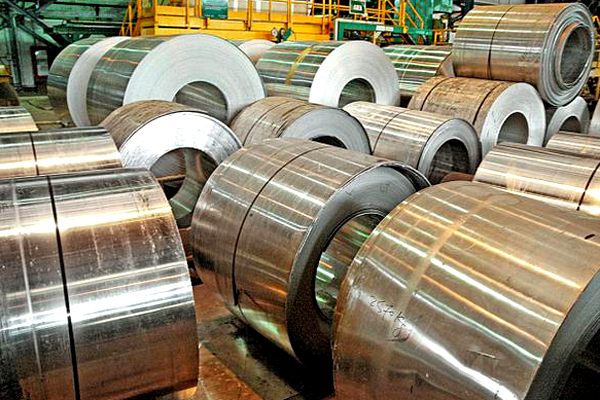
Industrial commodities prices strong in Q3: World Bank
LONDON, October 30, 2017
The prices of industrial commodities continued to strengthen in the third quarter, while most agricultural prices remained broadly stable, according to the World Bank.
"Non-energy commodity prices rose over 2 per cent in the third quarter of 2017 with large variations among major groups. Metals prices surged by 10 per cent in the third quarter due to strong demand, particularly in China," the World Bank said in its October Commodity Markets Outlook.
The Commodity Markets Outlook is published twice a year, in April and October. It provides detailed market analysis for major commodity groups, including energy, agriculture, fertilizers, metals, and precious metals.
"Precious metals prices moved up 1 per cent as a result of solid investment demand and a weaker dollar. Agricultural prices declined nearly 1 per cent, continuing a trend of weakness that began earlier in the year," it stated.
The World Bank report said food prices dropped 1 per cent, reflecting softer prices for maize, rice, and other food items such as sugar.
Oils and meals bucked the trend by gaining 1 per cent on the back of strengthening soybean prices due to a smaller than-expected North America crop. Beverage prices increased modestly due to an advance in coffee prices. Raw materials prices slipped marginally, it stated.
Metals prices are projected to ease slightly in 2018 following a projected 22 per cent rise this year, added the report, noting that a 10 per cent fall in iron ore prices is anticipated to be offset by increases in all base metals prices, particularly due to mine supply tightness in lead (China), nickel (Australia), and zinc (Australia and the US).
The World Bank report cautioned that the upside risks to price forecasts include stronger-than-projected global demand and production shortages, while the downside risks include slower-than-anticipated demand from China and greater-than-expected production including the restart of idled capacity and an easing of production restrictions in the country, said the report.
The precious metals prices are likely to decline 1 per cent in 2017 as expected hikes in interest rates materialise, but "with some divergence among categories."
Gold prices are projected to drop 1 per cent on expected higher US interest rates, according to the report, which added that silver prices are seen slipping slightly as well. Platinum is forecast to strengthen 4 per cent on advancing catalyst demand and tightening mine supply.
Agricultural prices are forecast to recede modestly in 2017 but largely stabilise in 2018, it stated.
Grain prices are projected to remain broadly stable in 2017 but are anticipated to increase 1 per cent in 2018 because of a projected tightness in maize supplies, said the World Bank in its outlook.
Oils and meals are seen following a similar path to grains because of supply tightness in the soybean market.
Beverage prices, which are expected to tumble almost 8 per cent in 2017, will climb only marginally in 2018 because of tightening coffee (Robusta) supplies.
Raw materials prices, which are forecast to move up more than 2 per cent in 2017, are projected to tick up even more in 2018 due to tight supplies of natural rubber. Overall, the agricultural price outlook is unrevised from April 2017, stated the report.
Disruptive weather at a global level is not expected during the current season, according to the report.
"Fears of a La Ni a cycle have not materialized. Thus far, subsidies to crop producers facing lower prices have been isolated events and have not skewed global prices. The large growth of biofuel production during the boom years (2005-11), which had a major effect on prices, is projected to slow.-TradeArabia News Service







